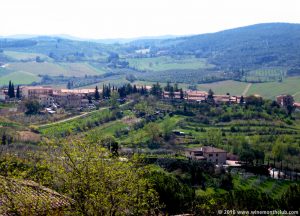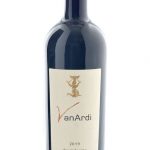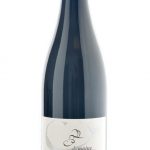 In the north of Italy, nestled just beneath the great Alpine wall as it tumbles out of Switzerland and the gleaming Mediterranean Sea, lies Italy’s Piedmont. This is a region of myriad beauty. It is also the region of Italy closest to France in proximity as well as in the sheer quality and variety of exceptional wines it produces.
In the north of Italy, nestled just beneath the great Alpine wall as it tumbles out of Switzerland and the gleaming Mediterranean Sea, lies Italy’s Piedmont. This is a region of myriad beauty. It is also the region of Italy closest to France in proximity as well as in the sheer quality and variety of exceptional wines it produces.
For centuries, Italy’s Piedmont remained a prize to be won among European powers, no doubt in part on account of the province’s exceptional wines and world famous cuisine that still draws happily on the abundance and quality of local truffles. Yet, today it is the superbly made wines of Italy’s Piedmont that garner the most international recognition: complex, hedonistic red wines, still delicate whites, and sweet haunting Muscats. Although not inexpensive, the great enological treasures of the Piedmont constitute the most affordable of Italy’s great wines and form a tapestry of the planet’s most affordable and exciting wines. With such exquisite fare, should anyone question why the hearty robust delights of the Piedmontese table remain the region’s most famous ambassadors to a hungry and thirsty world?
Barolo, the region’s quintessential red wine from the prized Nebbiolo varietal, reigns as Piedmont’s most renowned wine. It has justly earned the moniker “The King of Wines and the Wine of Kings,” and for good reason. Barolo offers complexity, flavor, nuance, and power, and it comes in a variety of styles, both modern and traditional. Barbera, another splendid red varietal and the region’s eponymous wine, is Piedmont’s most widely planted grape. Moreover, Piedmontese Barbera from Alba and Asti have also never been better, many even challenging Barolo in quality. And, not surprisingly, Piedmont also fashions red wine from several other indigenous varietals, including Dolcetto, Brachetto, and a host of others.
Although red wines dominate the wine scene in Piedmont and garner the most international attention, the white wines of Piedmont also reign as some of Italy’s finest. Arneis and Gavi are the region’s most elegant and traditional dry white wines. Neither receives much, if any, oak barrel ageing, and they are the better for it. Elegance, subtlety, pinpoint minerality and laser-like precision are hallmarks of these varietals. And, if sweet ethereal Moscato slakes your thirst, a host of Piedmontese producers make fine, easy to drink Moscato – a Moscato as succulent as any on earth – slightly effervescent and sweet but not cloying. Enjoy!





